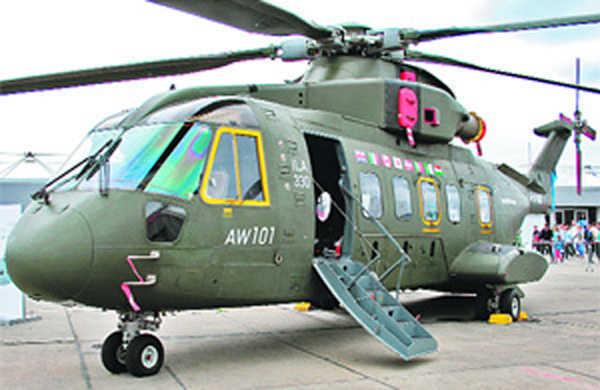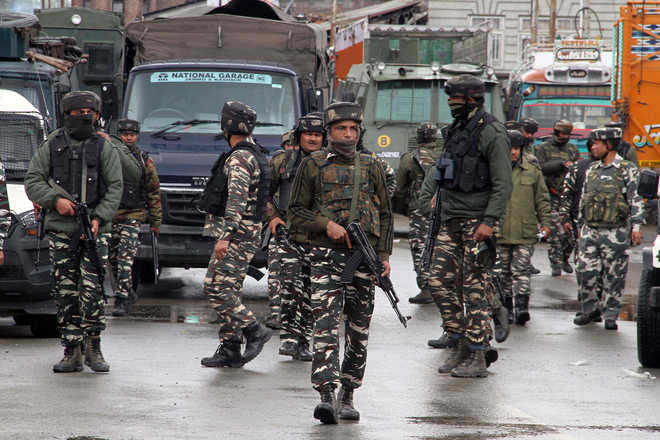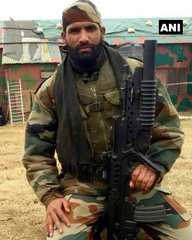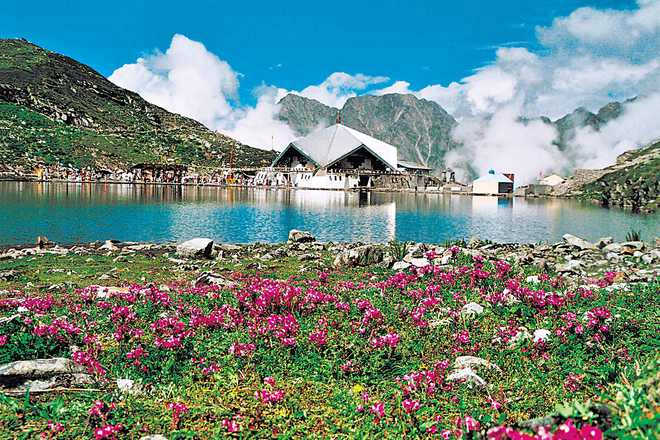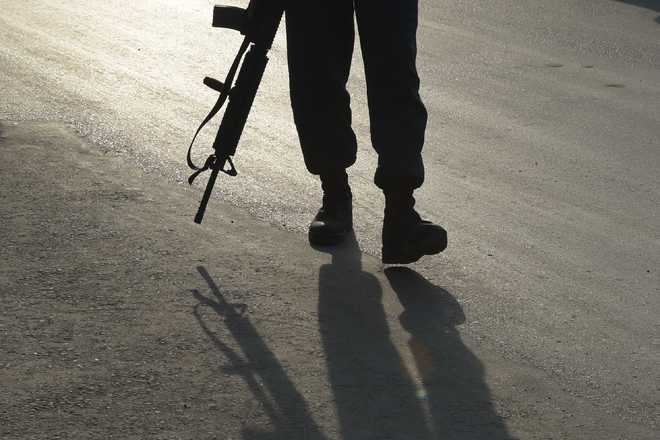India shares a sensitive border with Myanmar where armed separatist groups like the ULFA are still active. It has to observe what is happening there as insurgents across the border tend to cooperate with one another.
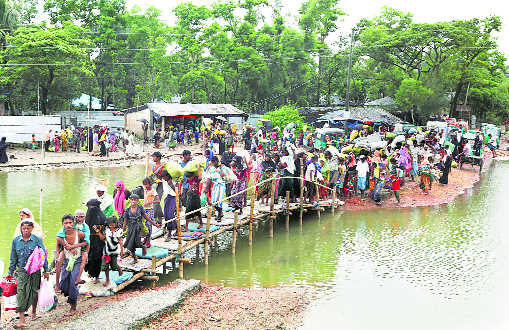
Wise: India has sought a negotiated return of Rohingya refugees to Myanmar. Reuters
G Parthasarathy
A former diplomat
Attacks by armed Rohingya rebels in Myanmar led to a ruthless operation by the Myanmar Army last year, which resulted in 7,00,000 Rohingyas (mostly Muslims), fleeing their homes in Myanmar’s Rakhine province to the neighbouring Bangladesh and India. Myanmar has been condemned worldwide for its actions, with some even calling for UN sanctions. Any prospect of a UN Security Council Resolution condemning Myanmar is ruled out as it will face a certain Chinese veto, possibly with Russian support. While there have been calls for India to expel some 40,000 Rohingya refugees, New Delhi has wisely chosen to seek a negotiated return of refugees to Myanmar, from India and Bangladesh. India has categorically conveyed to Myanmar that it wants the “safe, secure and sustainable” return of the Rohingya refugees, from both Bangladesh and India.India shares a sensitive 1,640-km border with Myanmar across Mizoram, Manipur, Nagaland and Arunachal Pradesh, where armed separatist groups like the ULFA are still active. New Delhi has to carefully observe what is happening in Myanmar, as separatist groups across the border tend to cooperate with one another. Far more serious than the Rohingya issue, is the challenges that Myanmar faces from 26 armed insurgent groups. Only 17 of these groups have agreed to observe a ceasefire, while the others are still resorting to violence and challenging the writ of the Myanmar Government. Aung San Suu Kyi initiated a dialogue with the armed groups in August, 2016. Two rounds of talks held with the groups have shown little movement forward. The third round is in a limbo because of procedural issues. It is also clear that there are serious differences between the elected government and the powerful armed forces on the peace dialogue.This deadlock has been accompanied by an extraordinarily active Chinese role to shape events, including in areas close to Myanmar’s borders with India. Sun Guoxiang, China’s Special Envoy on Asian Affairs, has emerged as a virtual mediator in the peace process with Myanmar armed groups like the Kachin Liberation Army, the Ta’ang National Liberation Army, the Kokang Alliance Army and the powerful United Wa State Army (UWSA). All these groups have safe havens in and operate from China’s Yunnan province. Ambassador Sun freely travels between Myanmar and Kunming, capital of Yunnan, where he meets representatives of armed separatist groups. Over the years, the UWSA has been permitted to acquire immense firepower in China, including armoured vehicles, AK-47 rifles, assault weaponry and reportedly, even surface-to-air missiles. These groups also raise huge resources from drug smuggling and illegal mining in Myanmar.This Chinese involvement with armed separatist groups in Myanmar has been accompanied by close links that these groups have with Indian separatist groups like the ULFA. These developments have, in turn, been accompanied by the formation of a Myanmar-based grouping of insurgent groups operating in India’s northeastern states, labeled as “The United National Liberation Front of Western Southeast Asia (UNLFW)”. The National Socialist Council of Nagaland (Khaplang), ULFA, Kamtapur Liberation Organisation and National Democratic Front of Bodoland are all members of the UNLFW, which claimed credit for the ambush and killing of 18 Indian soldiers in Manipur. These groups have their links with Chinese-backed groups like the Kachin Liberation Army and are known to travel across the Myanmar-China border to the border town of Ruili and Yunnan capital, Kunming. New Delhi should continue urging Myanmar to act against these Indian insurgent groups in Myanmar. There have been instances when the Indian and Myanmar armies have mounted joint operations against such groups. Most importantly, New Delhi’s interlocutor RN Ravi should be encouraged to build on progress he has achieved and finalise negotiations to bring the NSCN (IM) into the national mainstream. This will prevent any possibility of other separatist groups receiving support from the motivated NSCN (IM) cadres.While Myanmar has resisted Chinese pressures to undertake projects on its soil that face public opposition, like the $6 billion, 6,000-MW Myitsone dam, China will keep up the pressure to get its way, as it has done in the case of the Hambantota Port in Sri Lanka. China is in the process of building massive energy, industry and transport corridors through Myanmar to its landlocked Yunnan province. Beijing is set to invest $7.3 billion in building a deep-sea port in Kyaukpyu in the Bay of Bengal and $2.7 billion for an industrial park in a Special Economic Zone at Kyaukpyu. This port is also the terminal for an oil pipeline and a parallel gas pipeline from Kyaukpyu to Kunming. These projects are designed to bypass the Straits of Malacca, by enabling oil and gas supply to Yunnan by a pipeline. Moreover, efforts will be made to export Chinese products manufactured at in Kyaukpyu to India, while getting duty-free access, by benefiting from the free trade agreement between India and Myanmar. India has been relatively modest in its investments in large industrial and infrastructural projects in Myanmar. There has been a successful effort by the ONGC in off-shore exploration for natural gas. The Institute for Information Technology in Mandalay set up by India has won praise, as have the skill development centres built with Indian assistance across Myanmar. Indian development cooperation also includes an Advanced Centre for Agricultural Research and Education and a trilateral highway linking our northeast to Myanmar and Thailand. India also provides funds for developing areas in Myanmar bordering its northeastern states. It has also set up Centres for industrial training and learning English, apart from hospitals in Yangon and Sittwe. And, hundreds of Myanmar students take up scholarships and courses in institutions in India under technical and economic cooperation programmes.Hopefully, India will respond more imaginatively to facilitate visits by pilgrims from Myanmar to the Buddhist shrines in India. It is acknowledged that while China executes projects expeditiously, India takes an unduly long time to approve and implement development projects. While China may win laurels for its economic and military assistance to Myanmar, its commercial exploitation and crude involvement in Myanmar’s internal affairs could lead to a severe backlash, akin to the fury and violence against the Chinese across Myanmar in 1967.
